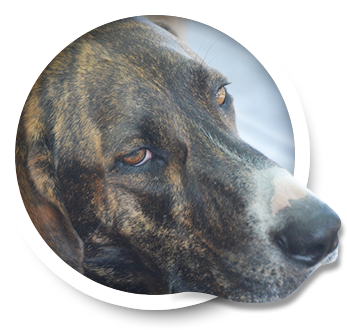
Hello, it's the Duke today. Are you conventional or synthetic when it comes to your oils? It may be time to think about switching to the synthetic alternative. Why, you ask? Well, today we'll bark about it and see what all the hype is about. So let's get barkin' as I am not your conventional hound dog.
If you stay up-to-date on technology trends, you may be intrigued by synthetic motor oil. It was introduced in the 1960s by Mobil. Mobil's oil was different from conventional motor oil because it was first broken down to its basic molecules. Then, Mobil removed additional impurities from crude oil and "tailored them to the demands of modern engines."
Synthetic oil is gaining popularity due to its advantages over conventional oil. It is more resistant to sludge formation in an engine. It is more efficient and protects engines better in extreme temperatures. Because it allows drivers to go longer between oil changes, many feel it's more convenient.
The downside is that synthetic oil is more expensive; however, because it doesn't need to be changed as often, the cost can be comparable in the long run.
Those who drive high-performance vehicles (such as Audi, BMW, and Mercedes) are already using synthetic oil if they follow their manufacturer's guidelines. Other manufacturers recommend a synthetic blend. For those using conventional oil, consider consulting your service advisor for recommendations on switching to synthetic.
If you're the type who always waits until the last minute or doesn't quite make it in on time for the recommended oil change interval, the longer gap required between changes with synthetic oil may appeal to you. In some cases, you can go up to 15,000 miles/24,000 km between changes.
If you drive in a frigid climate, synthetic oil can flow more easily at startup and may offer quicker engine protection. On the other hand, in hot climates, synthetic oil can resist heat breakdown better.
Or you may be one of those drivers who have been getting along fine with conventional oil changes. Millions do. Remember that changing your oil is considered the most crucial maintenance task for your vehicle, so ensure it's done at the right time and with the oil that best suits your driving needs.
Today, I leave you with this conventional thought quote,
"Whenever you find yourself on the side of the majority, it is time to pause and reflect." ~ Mark Twain
Duke

Allied Auto Works
2073 Grant Road
Los Altos, CA 94024
6509687227
http://alliedautoworks.com